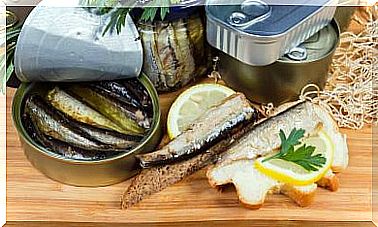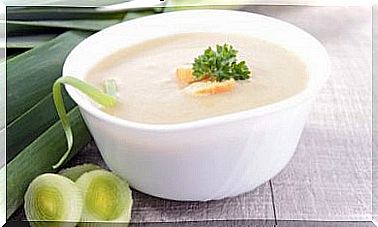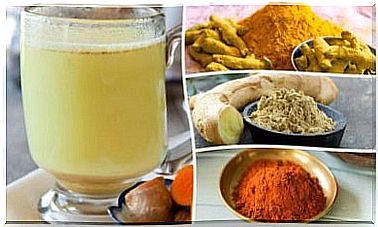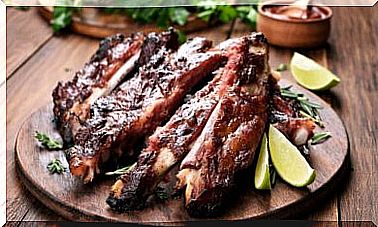What Actually Is Quinoa?
Quinoa is often referred to as a superfood and is increasingly being used in recipes and baked goods. But what is quinoa actually?

Quinoa is becoming more and more fashionable. The tiny globules are conquering more and more shelf spaces in our shops, and some discounters have now included them in their assortments. But what is it, how do you prepare it and where does it come from?
Quinoa, the grain of the Inca
Quinoa is often referred to as the Inca grain in an effective way. The Inca used more than just one grain! You surely also know “amaranth”, which is often used as small white puff grains in muesli mixes or bars. Quinoa and amaranth belong to the same family: the amaranth plants, which look like native foxtail grasses.
Strictly speaking, the grains of these plants are not grains at all, but nuts and tiny, so that they are also referred to as “micro-grains”. Botanically, this family of plants is native to North America, but has been used for thousands of years in South America, where most species are found.
We only use the grains, but in the Andes the leaves are also eaten. Like spinach, it can be prepared as a salad or vegetable. The great advantage of the grains, which are not grains and are therefore called “pseudograins”, is that the flour made from them is gluten-free.
Worldwide use, a problem!
Quinoa is grown at high altitudes in the Andes. It is traditionally found in the national cuisine of Peru, Bolivia and Ecuador, where the largest cultivation areas are located in the world. Due to the comparatively high proportion of protein in the nuts, the pseudo-grain has become fashionable, which has become a problem.
Due to the increasing global demand, especially in North America and Europe, the prices for quinoa (and similar crops, e.g. amaranth) rose sharply in the growing countries. This is initially good news for the farmers there, but the high prices are too high for the population, who can no longer afford their traditional food.
nutrient
The big hype about the small spheres from the Andes arose from the fact that at some point in “our” world it became known how nutritious the pseudo-grain is. 100g quinoa contains an above-average amount of protein (approx. 14g), potassium, phosphorus, iron and magnesium. What is often kept secret: almost all B vitamins, vitamins A, E and C are missing, some of which are contained in “our” cereals.
The amino acid spectrum is interesting, however, as it includes almost all essential amino acids and contains many unsaturated fatty acids, as is the case with many other nuts. By the way: Quinoa must not be eaten as “whole grain”, but must always be consumed peeled, as the peel contains toxic substances that protect the plant from predators!
use
Because quinoa is gluten-free and can be used in a similar way to “normal” cereals, it is often and often used in baked goods that celiac patients can enjoy. In addition, the small balls can be puffed in mueslis and bars or, like rice, as a side dish or for porridge. Let our recipe inspire you!
Quinoa “Risotto”
Of course, a real risotto without risotto rice is unthinkable, but you can also use the exotic pseudo- grain as a creative alternative. You need:
- 250g quinoa
- 700ml vegetable stock
- 1 can of chopped tomatoes
- 1 carrot
- 1 zucchini
- 1 eggplant
- 1 bell pepper
- 100g mushrooms
- 2 shallots / spring onions
- 1 onion
- 3 cloves of garlic
- basil
- oregano
- 1 sachet of parmesan
- Oil for frying
Cut the vegetables into small cubes and fry the olives and onions in a little oil. Then fry the remaining vegetables briefly and then deglaze everything with the vegetable stock. Add the canned tomatoes and let everything boil briefly.
Then take the pan off the stove and stir in the quinoa balls. Add the herbs and cook again. Then let the “risotto” simmer over a mild heat for about 25 minutes, stirring constantly, until the water is soaked up. Before serving, stir in the grated Parmesan and only then season with salt. Enjoy the pseudo-grain from the Andes!









